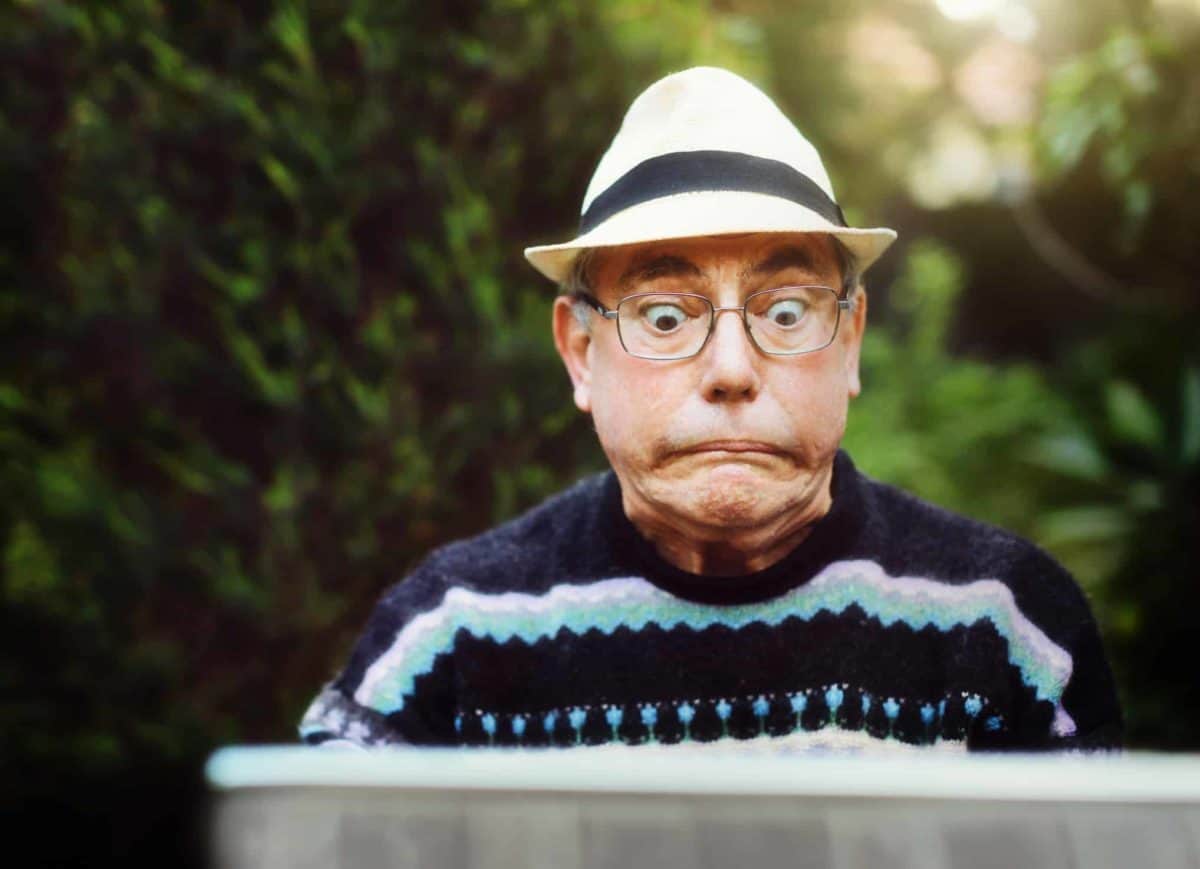The old saying 'everyone's an expert with the virtue of hindsight' is as true for ASX 200 shares investing as it is for everything else.
The COVID-19 crash, which began in February 2020, was one of the scarier market crashes we've seen.
Not just because of the size of the fall, which was 33% in a month for the S&P/ASX 200 Index (ASX: XJO).
More so because generations of investors had never seen anything like a pandemic. It was the sort of event we had all read about only in encyclopedias at school.
Very few ordinary investors could accurately predict its health and economic impact, nor how long it would go on.
But as it turns out, the COVID-19 market crash was just like many others before it. It looked catastrophic at the time, but soon enough, the recovery began.
And there was major money to be made. (If we'd just been brave enough to buy!)
So, just for fun (?), let's look back at the prices that some ASX 200 shares fell to and lament the money we could have made had we bought the dip of the century.
We're taking a buy-and-hold view with this article, so we're highlighting nine ASX 200 shares that have demonstrated a sustained recovery from the market trough in March 2020 through to today.
Let's start with a couple of the biggest market darlings of the ASX 200.
BHP Group Ltd (ASX: BHP)
The BHP share price fell by 30% during the month-long COVID market crash to around $26.70. It's 65% higher at $44.13, as at Thursday's market close.
Had you put $10,000 into BHP shares at $26.70, those shares would be worth $16,504 today.
Macquarie Group Ltd (ASX: MQG)
The Macquarie share price fell by 47% during the crash to around $80. It's 113% higher today at $170.66.
Had you put $10,000 into Macquarie shares in late March 2020, they would be worth $21,300 today.
Now let's canvas a few other ASX 200 shares that have enjoyed a strong, sustained recovery.
Some of them recovered well simply because they were oversold during the crash. This was the case with most of the companies that were obviously going to be the worst affected — like ASX airline shares.
Others had an outstanding recovery because their businesses improved as a result of the pandemic.
These include ASX healthcare shares that processed millions of COVID tests, and ASX retail shares that were forced to rapidly introduce or expand their online shopping capabilities.
Qantas Airways Limited (ASX: QAN)
The Qantas share price fell by 64% during the crash to around $2.35. It's 165% higher today at $6.22.
Had you put $10,000 into this ASX 200 travel share in late March 2020, those shares would be worth $26,636 today.
Sonic Healthcare Ltd (ASX: SHL)
The Sonic Healthcare share price fell by 30% during the crash to around $21.67. It's 61% higher today at $34.89.
Had you put $10,000 into Sonic Healthcare shares in late March 2020, those shares would be worth $16,093 today.
Pro Medicus Limited (ASX: PME)
The Pro Medicus share price fell by 37% during the crash to around $16.60. It's 278% higher at Thursday's closing price of $62.76.
Had you put $10,000 into Pro Medicus shares in late March 2020, they would be worth $37,853 today.
Dicker Data Ltd (ASX: DDR)
The Dicker Data share price fell by 36% during the crash to around $4.40. It's 91.5% higher today at $8.43.
Had you put $10,000 into this ASX 200 tech share in late March 2020, those shares would be worth $19,107 today.
Tabcorp Holdings Ltd (ASX: TAH)
The Tabcorp share price fell by 50% during the crash to around 44 cents. It's 158% higher today at $1.14.
Had you put $10,000 into Tabcorp shares in late March 2020, those shares would be worth $25,908 today.
Super Retail Group Ltd (ASX: SUL)
The Super Retail share price fell by 58% during the crash to around $4.07. It's 172% higher at yesterday's closing price of $11.05.
Had you put $10,000 into Super Retail shares at the trough, they would be worth $27,149 today.
Vanguard Australian Shares Index ETF (ASX: VAS)
Could this have been the best move of them all?
If you'd bought a simple ASX 200 index fund — or widened your exposure by choosing the VAS ETF which tracks the S&P/ASX 300 Index (ASX: XKO) — you would have benefitted from the general market uplift.
That would have been a far less risky choice than individual stock picking in a situation like COVID, given we all had no idea how it would play out.
But as is usually the case, less risk means less reward.
The VAS ETF share price fell by 32% during the crash to around $61.50. It's 44% higher today at $88.66.
Had you put $10,000 into VAS shares at the trough, they would be worth $14,354 today.









